While there had been trickles of info here and there over the last two years, Killers and Thieves is essentially a last-minute surprise release from Stoic’s Alex Thomas (known for The Banner Saga series), and we’re stoked to be bringing you one of the web’s very first reviews of the finished product.
As would be expected from someone involved with The Banner Saga, there’s a very distinctive art style on display here, but it’s presented in a much different way from that iconic game. While there are clear influences from the developer’s previous series, don’t expect turn based strategy combat here!
Somewhat akin to X-COM, the game is broken out into two main phases: a resource management segment, and then a real time segment where you control multiple thieves for heists.
Running A Guild From Top To Bottom
At home in your headquarters you oversee your various thieving enterprises — recruiting new thieves, training existing ones, selling off items you’ve stolen, and so forth.
From there your rag-tag band of cutthroats and pickpockets heads out into different districts of a large city to undertake story missions, or to just try your luck at robbing homes in different locations.
Each district has different stats that impact how you play: varying levels of guard activity, a greater or lesser market for certain types of stolen items, and so on. For instance, you can’t sell famous art for high prices in the slums, where there’s no market for it.
After finishing up the strategy element of the over world map, the game switches to a side view for real time gameplay that look like a cross between Sim Tower, The Banner Saga, and Knock Knock.
This is where things get tricky, as staying hidden from guards while making off which as much loot as possible is quite difficult — and there’s permadeath to boot. Between that aspect and the ability to raise morale and recruit new thieves by carousing at taverns, you’ll find a bit of a Darkest Dungeon feel in this game.
The focus in the real time phase isn’t on combat for the most part, though — and even when you do fight, you don’t directly control the thief’s attacks or dodges. So it’s not really an “action” game by any stretch of the imagination. Rather, the outcome of combat is determined by stats, skills, and (presumably) random number rolls.
If you put more time training Strength and adding skills like Critical Strike, the more likely your killer is to come out victorious if caught by a guard. Of course, once you’ve been in battle, its time to high tail it out of there or you’ll be overrun.
Staying In The Black
You can’t keep your thieves happy and in line without regular pay checks, and that means going out on heists, finding store fronts to fence property, and completing story missions to open up new turf.
When leaving your headquarters and heading to the world map there’s basically three main types of activity: stakeouts, missions, and heists.
Stakeouts take the least direct activity, simply keeping a thief busy for a set amount of time while providing you with info like how wealthy the neighborhood is and what kind loot can be found there.
Missions have a little more interactivity, but are still done “behind the scenes” as you advance time and have a variable chance of success depending on who you assign and how many thieves are put on the job.
You can do a full loadout for the highest chance of success, but then you will also have fewer thieves available for a few days for other jobs. At the end you either succeed or fail, with a corresponding amount of resources gained or lost.
Some missions have specific requirements, like bringing along one thief with a Strength above 60 and another one with the Vigilance skill. I haven’t quite decided if this is a bug or an intentional feature yet, but this can lead to some dead blocks where you have to keep waiting day after day for new recruits to come in, or instead repeatedly risk your heavy hitters on non-story heists to earn experience.
For instance at one point I needed two thieves with a specific skill for a mission, but I didn’t have enough skill points to add that skill to an existing thief. My only option was to put people in the tavern to increase the number of recruits per week and keep clicking “advance day” until another one showed up with the required skill. Due to the luck of the roll, several weeks went by before I got the skill I needed.
Heists are where you go to the ground level and take more active control of the thief crew. You’ll have to keep track of and utilize multiple thieves, switching between them to use various skills as needed.
One thief might have the ability to pick locks, one has the ability to fight, one can hide while moving, one can jump out windows to the ground for quick escapes, and so on. You can train your recruits in multiple skills, but it takes time — and the major skills like Knife Fighting require more skill points than you will initially have available.
Some of these skills seem more immediately useful than others. I wouldn’t really want to send any thief into a building without Vigilance, which shows you whats in the next room without having to peek through a keyhole. Eavesdrop reveals more rooms than Vigilance, but overall seems less useful since you have to stop and hide to activate the skill and it takes time to use.
A Few Concerns
There’s a lot of fun to be had running things behind the scenes or taking over direct control and robbing people blind, but there are some downsides here too.
Once a player has the basics of sneaking, stealing, selling, and training down, it’s essentially the same thing from that point on, just with different objectives or story text in between each heist. There aren’t a lot of differences visually in the heist areas either, so there’s a considerable amount of repetition here.
Some of the game’s high points might also be its low points. In order to balance the scales and force you to use multiple characters, some thieves will be able to fight and others wont, and that gets frustrating in a lot of instances. As the developer puts it – you have killers and you have thieves, but you don’t have both.
There’s also a minor UI issue where you have to right click to move across the heist map, which is kind of annoying when you’re trying to quickly flee somewhere and accidentally try to scroll on the edge of the screen like normal. Hilariously, after getting used to that method of moving the screen by playing for a few hours, I found myself trying to right click and drag across websites after I’d closed the game. Why not just put in a standard edge scroll like every other game in existence?
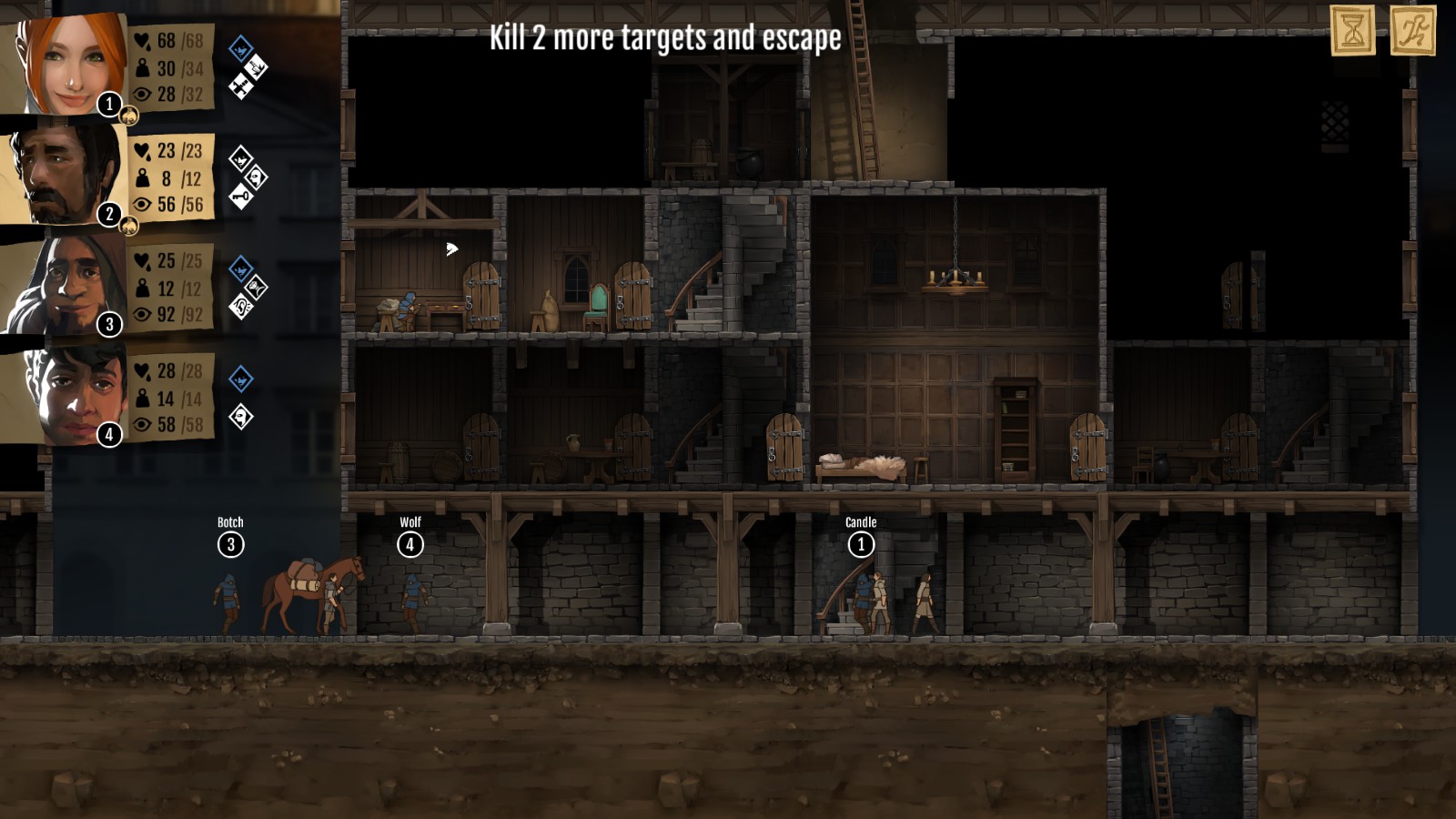 Robbing Homes While Others Keep Watch
Robbing Homes While Others Keep Watch
The Bottom Line
In some ways, Killers And Thieves reminds me of a more fully realized Domina with its character and resource management on one side and then 2D real time gameplay on the other. Unlike Domina, you can change the difficulty here, making it easier to hide from guards or starting with extra thieves if you find the level of challenge too frustrating — and that’s a plus.
In his first news message to players on the splash screen, Alex Thomas himself states this isn’t necessarily meant to be the type of game you are still playing a year or two later and have sunk hundreds of hours into. Its something you’ll enjoy tinkering with to figure out your perfect thief loadout, then probably get upset at when your prize killer dies or best lockpick goes to jail and rage quit for awhile to cool off.
That being said, there are ways the life of the game could easily be extended. Because of its modular nature, it would be simple to add in new content just by swapping out story text and heist or mission objectives, occasionally throwing in a few new art assets here and there.
If I had to boil it down, Killers and Thieves is essentially made by cooking together a dash of X-COM, a sprig of Domina, and a sprinkling of Darkest Dungeon. The game is a fun mashup of several different familiar styles worth trying out to see just how good you are at running a successful criminal enterprise.
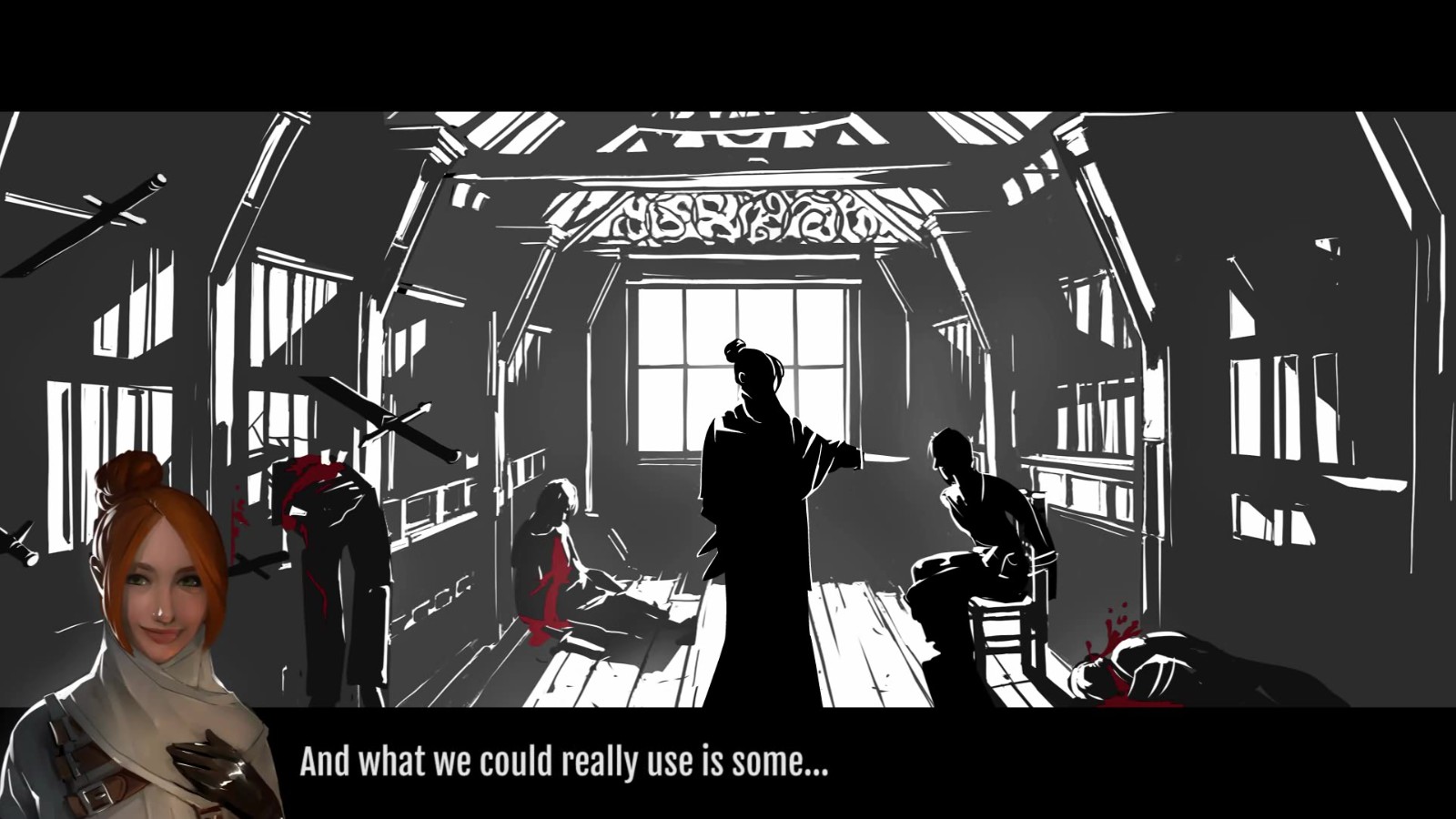 Plus, There’s A Bad Ass Lady Assassin!
Plus, There’s A Bad Ass Lady Assassin!

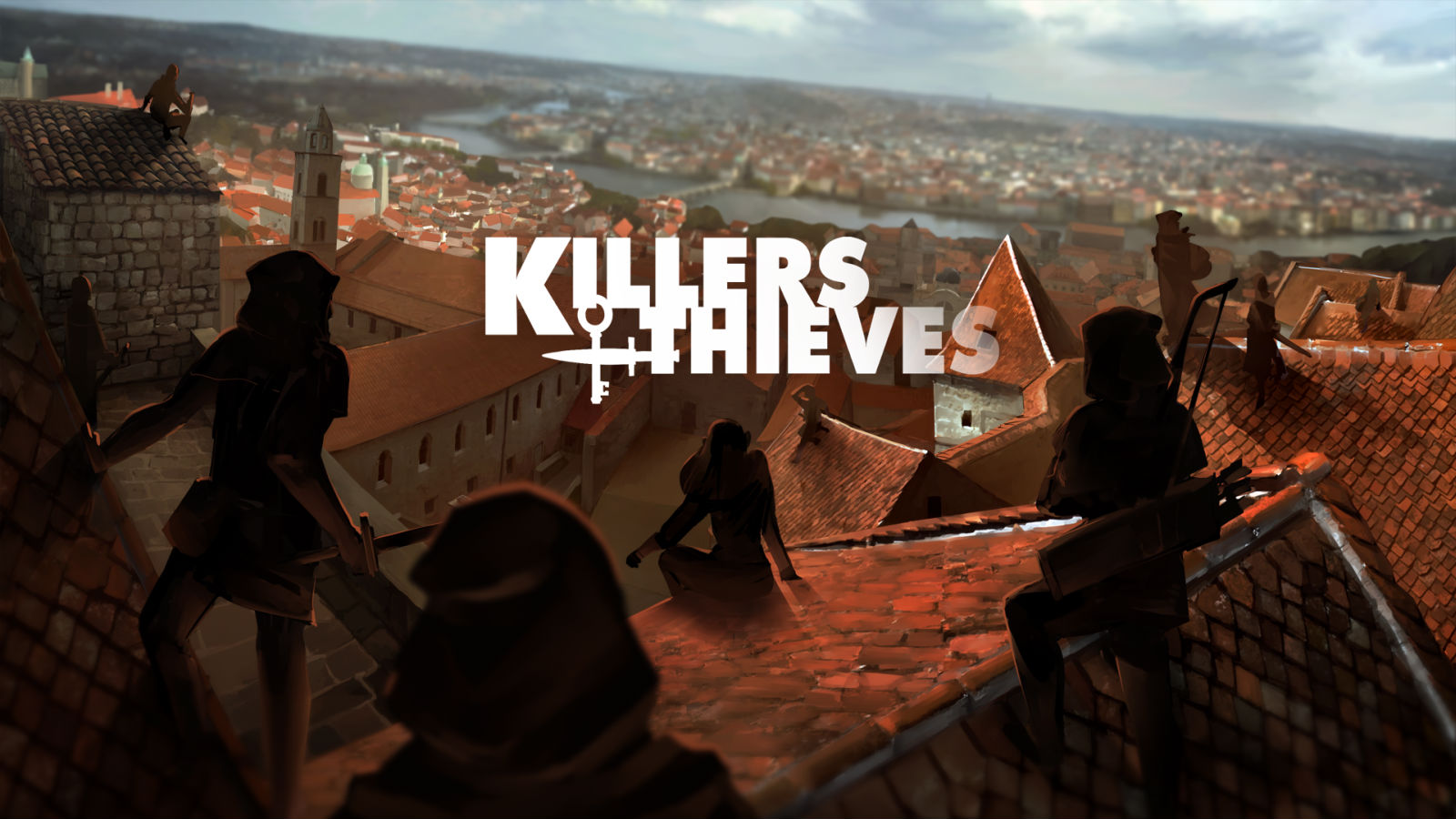
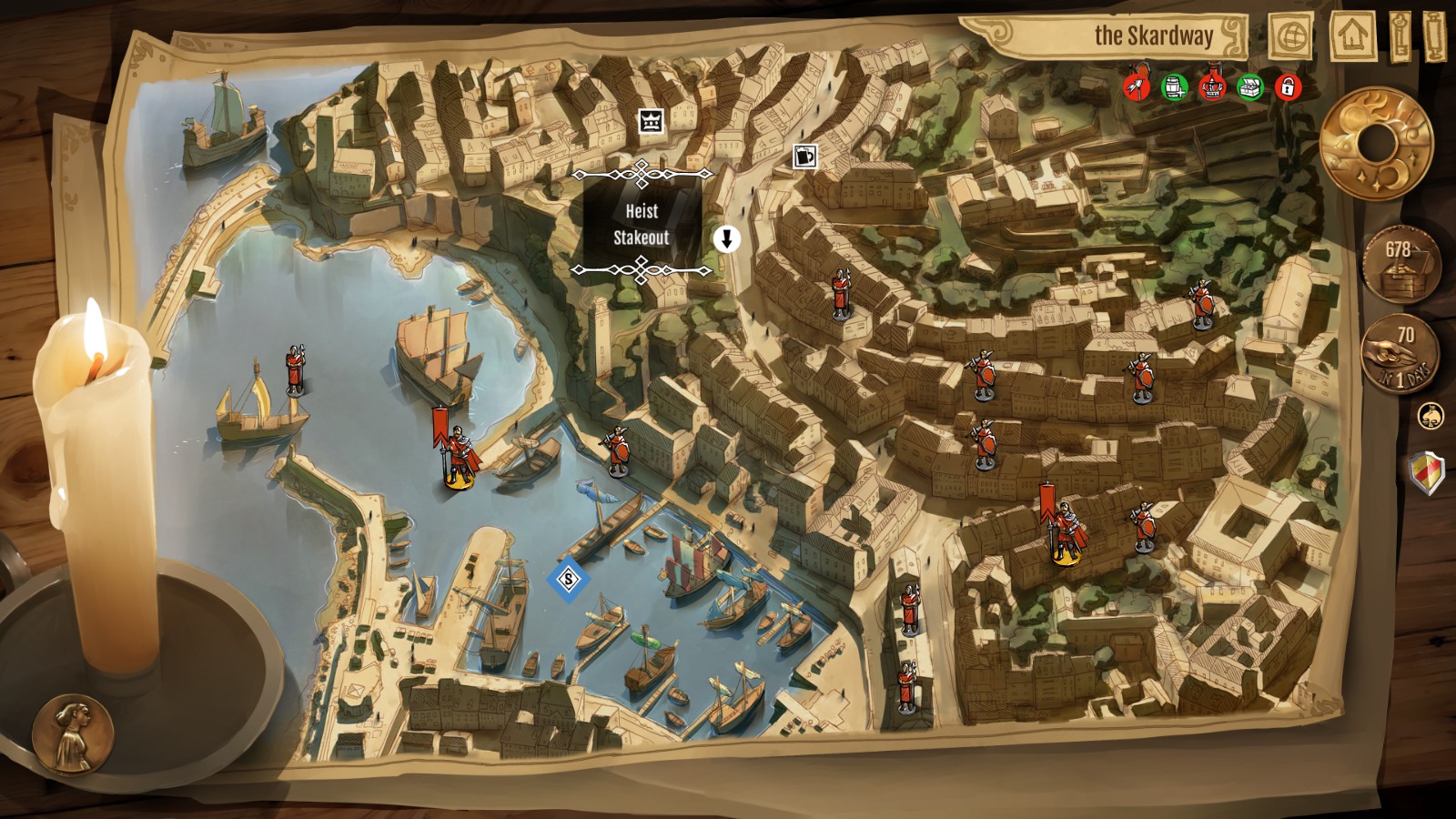
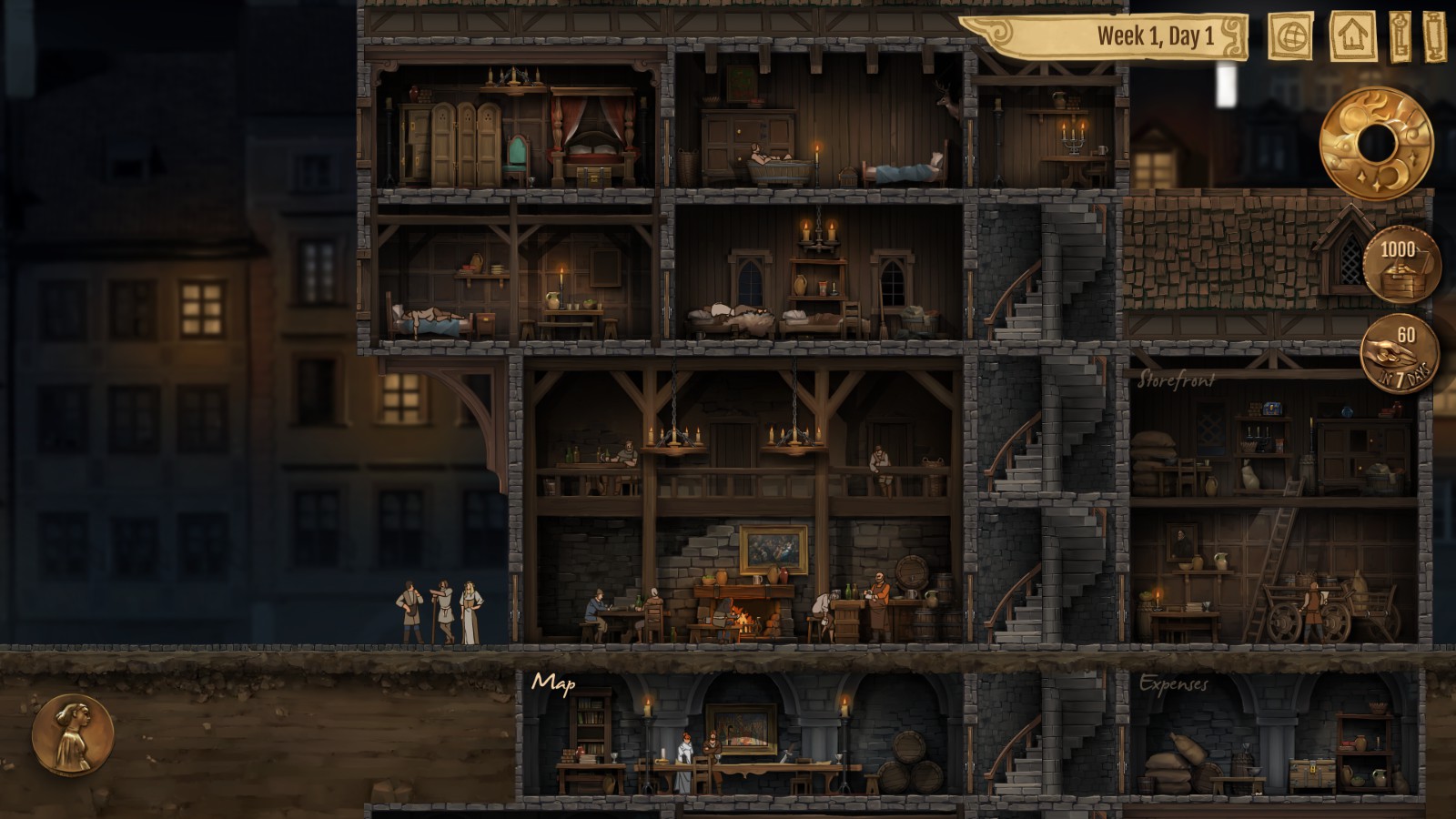
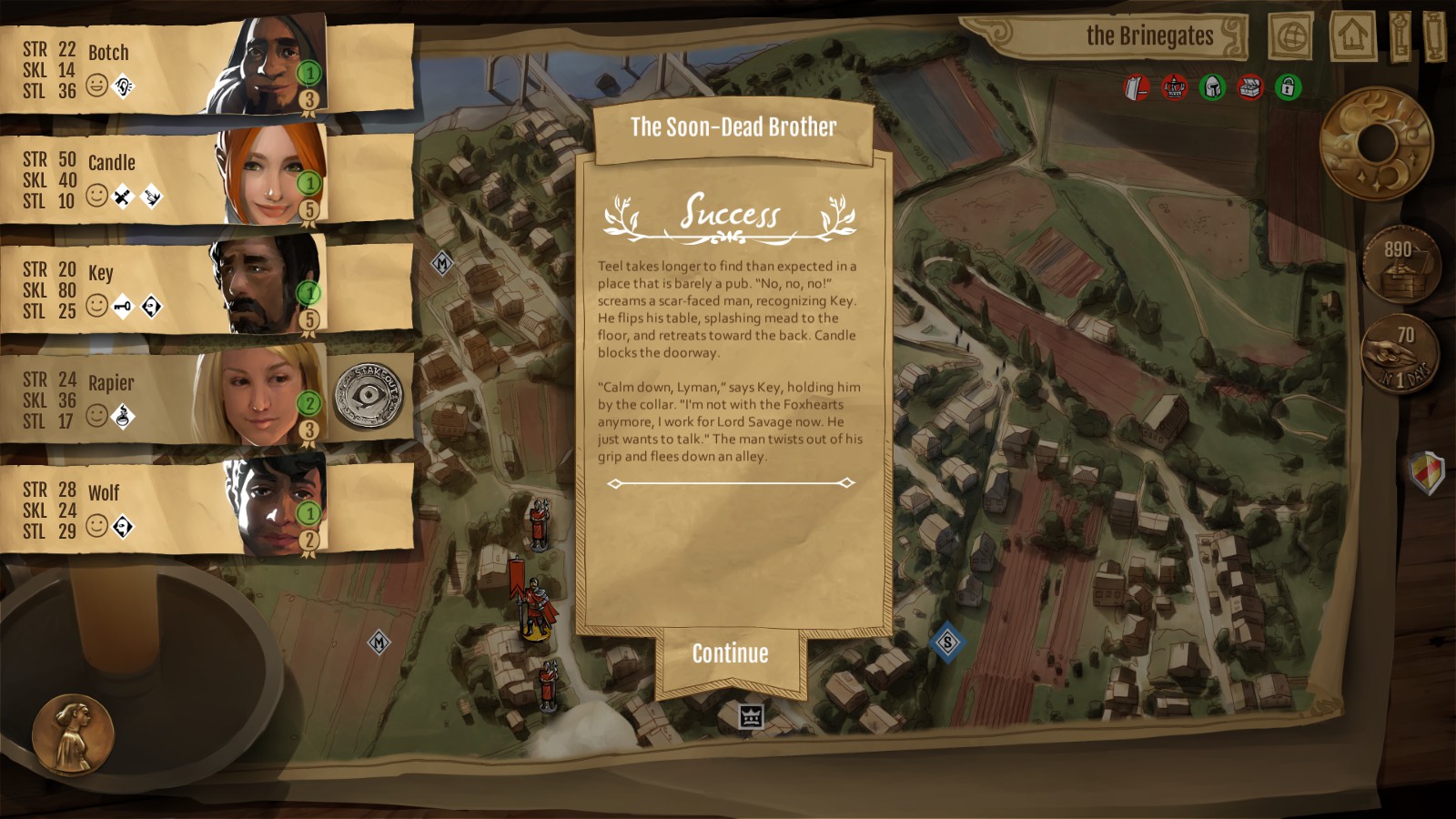
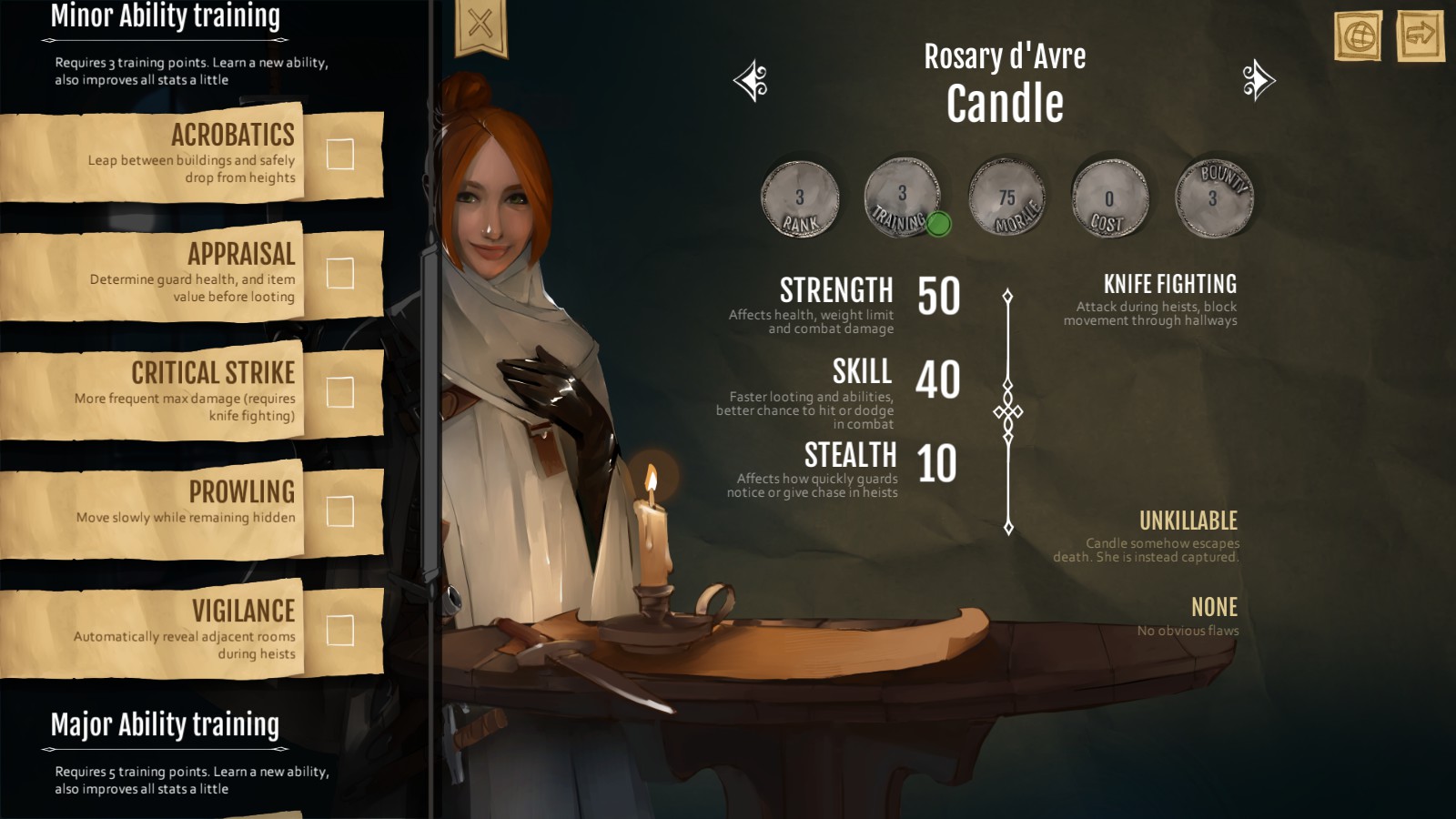








Published: May 23, 2017 01:26 am